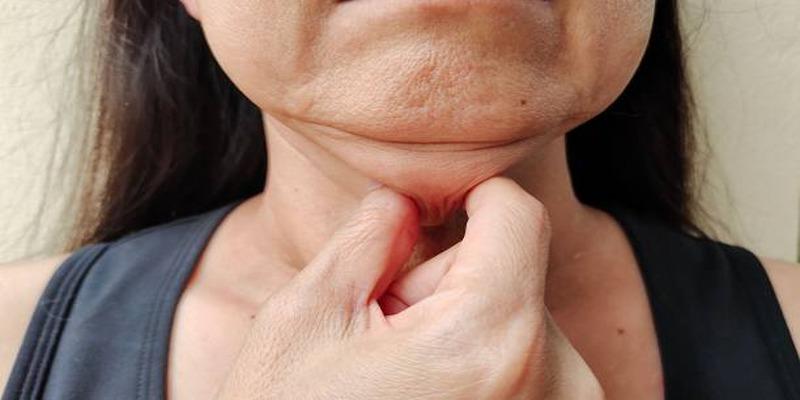Advertisement
Ludwigs angina is a severe, and potentially deadly, bacterial infection affecting the floor of the mouth. This status presupposes a potent and furious process of infection in the friable tissues, followed by the edematous and inflammatory reaction in the sublingual tissue. Ludwigs Angina is often as a result of untreated dental issues or oral infection and having the potential to cause blockage in the airways, it is very risky. This most commonly presents as; swelling, Pain, stiffness, dysphagia, dysarthria, fever or other flu like symptoms. It is therefore important that any sign of irritation is noticed early and the client should be taken to a health care giver. Typically, the treatment plan of care for complications resulting from this disease involves the use of antibiotics to handle the infection, although in cases where the airway is unstable, other surgical procedures may be performed.
Ludwigs angina is a type of cellulitis, an infection commonly localized to the soft tissues of the mouth and neck region. This condition often results from dental infection particularly the molar teeth and it spreads fast to the other tissues. Due to its location close to the airway structures, it requires urgent diagnosis and managed to avoid severe complications.
Prompt diagnosis of the condition known as Ludwigs angina is crucial to avoid additional severity. Here are some key symptoms associated with this condition:
Ludwig's angina typically originates from bacterial infections in the mouth. The most common causes include:
Prompt diagnosis of Ludwig's angina is crucial for preventing complications. Health professionals typically employ the following diagnostic methods:

Due to the rapid progression of Ludwigs angina, immediate treatment is crucial. The primary treatment methods include:
High-dose intravenous antibiotics are the first line of defense against Ludwigs angina. Commonly prescribed antibiotics include penicillin, metronidazole, and clindamycin, which effectively target the bacteria responsible for the infection. If resistance or allergies to these antibiotics occur, alternative medications may be used.
If abscesses form, surgical drainage may be necessary to remove the accumulated pus. This procedure alleviates pressure, reduces swelling, and promotes quicker healing.
In cases where swelling causes breathing difficulties, airway management may be required. This could involve procedures such as tracheostomy, creating an opening in the neck to ensure adequate airflow to the lungs.
Pain relief and supportive measures, such as hydration and rest, can enhance patient comfort while antibiotics and other treatments are administered.
Preventing Ludwigs angina largely involves proper dental and oral hygiene. Here are some steps to reduce the risk of this condition:

If left untreated, Ludwig's angina can lead to several severe complications:
Ludwigs angina is a potentially life-threatening infection that demands prompt attention. Recognizing the symptoms early, understanding the risk factors, and seeking medical care can make a significant difference in treatment success. Regular dental care, good oral hygiene, and a proactive approach to health can help prevent infections that may lead to Ludwig's angina. If you or someone you know experiences symptoms of this condition, do not hesitate to seek medical assistance to ensure a safe and speedy recovery.
Advertisement

By Madison Evans/Feb 07, 2025

By Vicky Louisa/Dec 07, 2024

By Aldrich Acheson/Feb 19, 2025

By Pamela Andrew/Dec 07, 2024

By Triston Martin/Oct 09, 2024

By Georgia Vincent/Oct 07, 2024

By Susan Kelly/Dec 07, 2024

By Korin Kashtan/Feb 19, 2025

By Paula Miller/Dec 18, 2024

By Madison Evans/Mar 18, 2025

By Darnell Malan/Dec 07, 2024

By Nancy Miller/Oct 24, 2024